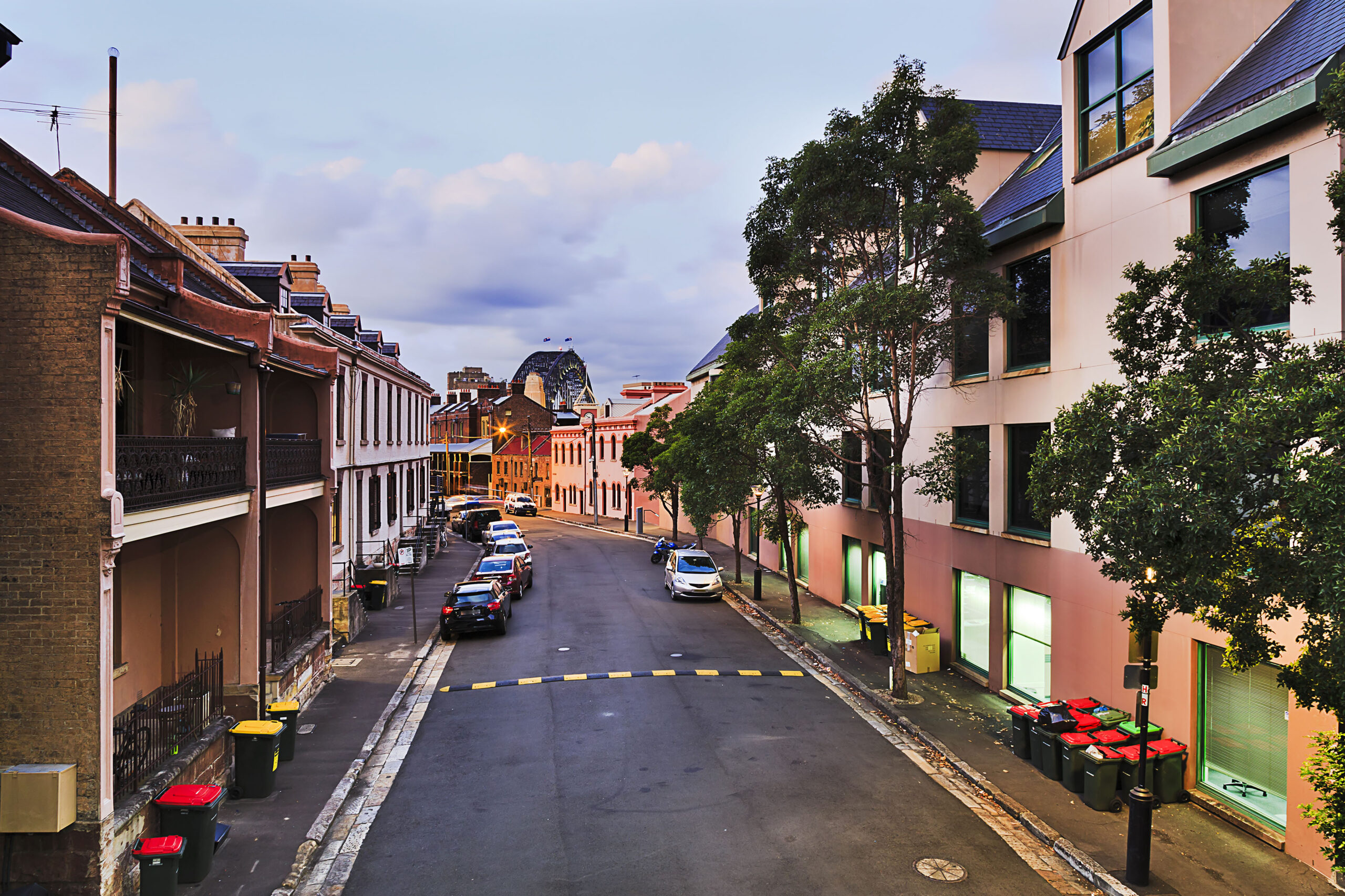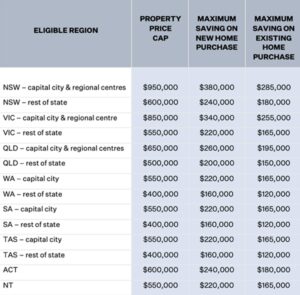In this article:

The Australian Labor Party’s federal budget for 2022 has been released, and it includes a number of policies that will affect property purchasers and homeowners.
The main gist:
Housing affordability has become a political football, however the Government has attempted to address numerous concerns about the acute housing pressures that many Australians are experiencing in their attempts to enter the property market.
A key focus of the budget is an increase in social housing stock intended to help address Australia’s current housing supply shortage, and it could have flow-on effects for the private rental market and house prices more generally.
The overall message from the government is clear – they are attempting to increase housing supply and ensure that all Australians have access to affordable housing. So if you’re thinking about purchasing a property in the near future, keep an eye on these policies as they could have a big impact on your ability to find and afford a home.
The key features to be aware of include:
- National Housing Accord – an aspiration to build one million new, well-located homes over five years from 2024. To get the Accord started, this Budget commits an initial $350 million in additional funding for another 10,000 new affordable homes
- Housing Australia Future Fund – building 30,000 new social and affordable homes in its first five years; and the National Housing Infrastructure Facility supporting an additional 5,500 new homes.
- Help to Buy Scheme – allowing up to 40,000 eligible Australians to own their own home with a lower deposit and smaller mortgage.
In his speech, the Federal Treasurer Jim Chalmers said that the Government’s budget “does more to confront Australia’s housing problem.”
“Rents are through the roof, and many families are struggling to keep up. Supply hasn’t kept up with demand, which means too many struggle to live close to where they work.”
“Too many are stuck on waiting lists for social housing. And for too many, the great Australian dream of home ownership seems completely out of reach.”
So how has the Government attempted to address these challenges?
National Housing Accord:
In an ambitious move, the Government has brought together states, territories, the Australian Local Government Association, investors and construction sector representatives under a brand new national Housing Accord, in an attempt to build one million “well-located”, affordable and energy-efficient homes over a five year period starting from 2024.
The Government stated, “Under the Accord, the Government will provide $350 million over 5 years, with ongoing availability payments over the longer term, to deliver an additional 10,000 affordable dwellings. States and territories will also support up to an additional 10,000 affordable homes, increasing the dwellings that can be delivered under the Accord to 20,000.”
According to Chalmers, the Accord “will be delivered through an ongoing funding stream to help cover the gap between market rents and subsidised rents – making more projects commercially viable.”
“State and territory governments will build on our commitment with up to 10,000 new homes as well – that’s up to 20,000 new affordable homes in total. Along with local governments, they will tackle supply problems caused by land release and zoning policies.”
“Institutional investors, including superannuation funds, have endorsed the Accord and will work with us to leverage more investment that delivers for their investors’ and members’ interests, and for the national interest.”
“And peak organisations for the construction sector support building these homes at a high energy efficiency rating – and training more apprentices under an extended Skills Guarantee.”
Housing Australia Future Fund:
Chalmers said that the commitments under the Housing Accord will be made in addition to the $10bn Housing Australia Future Fund (HAFF), promised by Labor before this years’ election.
The HAFF is a promise to build 30,000 new social and affordable housing properties in five years. Returns from the Fund will be used to build 30,000 new social and affordable dwellings over 5 years.
The Government stated that the HAFF “will help build 20,000 new social housing dwellings” and “10,000 new affordable housing dwellings, including for frontline workers.”
Chalmers said, “Most of this supply needs to come from the market, not the government. But there’s a role for government, and we intend to play a leading role – by co-ordinating and kick-starting the investment that needs to happen.”
“We want more Australians to know the security of decent housing and more Australians realising the aspiration of homeownership.”
Help to Buy Scheme:
A flagship policy of Labor’s election campaign, the Help to Buy Scheme (HTB) is a nation-wide shared equity scheme, which “will assist homebuyers to purchase a new or existing home with an equity contribution from the Australian Government.“
Under the scheme, eligible buyers can receive up to 40% (or 30% for existing homes) of their property’s purchase price from the government. An eligible participant in the scheme could opt to buy out the government over time, or opt to pay out the government’s share once the property is eventually sold. Participants in the scheme will not be required to pay rent on the stake of the home paid for by the Federal Government.
The government did not provide much detail on the specifics of the scheme, with the roll out not expected to come until 2023, however, according to the policy promises made during the election campaign, the scheme will be available to 10,000 Australians each year.
Eligibility Criteria:
You will be eligible for Labor’s Help to Buy program if you meet the following criteria:
- Are an Australian citizen of at least 18 years of age.
- Earn $90,000 or less per annum for individuals, or $120,000 or less per annum for couples.
- Live in the purchased home as your principal place of residence.
- Not own any other land or property – either in Australia or overseas.
- Have saved the required minimum 2 per cent deposit of the home price and qualify (and can finance) the remainder of the purchase through a standard home loan with a participating lender.
- Pay for any associated purchase costs like stamp duty, legal and bank fees. Homebuyers will also be responsible for ongoing property costs like rates, strata and any other bills.
How much could you save?
According to the Labor Party’s calculations, the HTB scheme could save mortgage owners in different cities the following amounts:

What does this all mean?
At this point, these measures won’t really have an impact on homeowners or prospective borrowers for several years, however, staying on top of the latest information about these government initiatives can help you plan and strategise for your future property purchasing goals.
Put your best foot forward and start an obligation-free chat with an experienced YBR Home Loans mortgage broker today to receive the guidance and support you deserve on your home loan journey.



